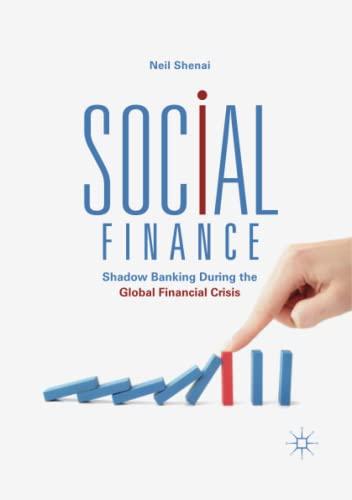Question
You are the CFO of a business and have the opportunity to evaluate two different investment opportunities. Information related to these investments follows: Investment 1
You are the CFO of a business and have the opportunity to evaluate two different investment opportunities. Information related to these investments follows:
|
| Investment 1 | Investment 2 |
| Investment Cost | $ 800,000 | $ 500,000 |
| Salvage Value | $ 40,000 | $ 50,000 |
| Useful Life | 8 years | 15 years |
| Required Rate of Return | 10% | 10% |
| Sales | $ 450,000 | $ 400,000 |
| Variable Costs | $ 150,000 | $ 175,000 |
| Fixed Costs (excluding depreciation) | $ 100,000 | $ 150,000 |
| Tax Rate | 35% | 35% |
|
|
|
|
|
|
|
|
Your company has a required rate of return of 10% for all new investments and is subject to a tax rate of 35%.
Determine the annual after tax cash flow for each investment. In addition, determine the after-tax cash flow for the salvage value if you assume that the actual market value of Investment #1 at the end of eight years is $50,000 and the actual market value of Investment #2 at the end of fifteen years is $40,000.
Prepare a schedule of expected cash flows for each investment. Note that all positive cash flows must be shown as positive numbers and all negative cash flows must be shown as negative numbers.
Calculate the Net Present Value for each investment using the NPV function in Excel.
Calculate the Internal Rate of Return for each investment using the IRR function in Excel. (Note your guess for the interest rate in the formula should be the required rate of return)
Recalculate the Net Present Value for INVESTMENT #1 ONLY but assume that the required/target rate of return is 6%, 12%, and 20%.




Step by Step Solution
There are 3 Steps involved in it
Step: 1

Get Instant Access to Expert-Tailored Solutions
See step-by-step solutions with expert insights and AI powered tools for academic success
Step: 2

Step: 3

Ace Your Homework with AI
Get the answers you need in no time with our AI-driven, step-by-step assistance
Get Started


